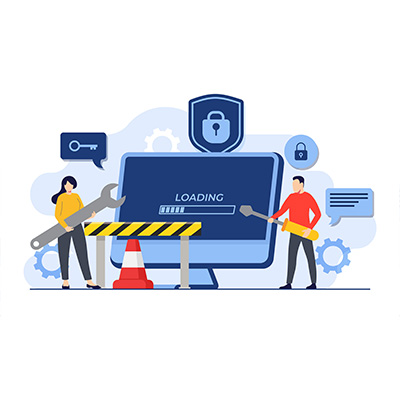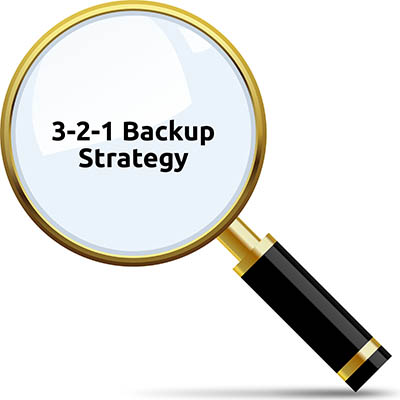AI can have transformative effects on your business’ operations, provided you can navigate its various pros and cons. Today, we want to highlight some of the greatest benefits and disadvantages that AI poses for any business looking to implement it into its operations.
No two leaders will have the exact same approach to the considerable task at hand, but it can be remarkably helpful to see what others do so you can make better decisions regarding your own management style. Let’s take a look at some specific leadership styles and whether they work well (or don’t).
Your business might depend on technology, but if it’s not managed properly, this dependence can become a detriment. Small businesses in particular must be aware of several challenges specific to their technology infrastructures. Let’s examine three of the most common culprits for your company’s technological troubles and what you can do about them.
Regulations and compliance standards are in place for effectively every industry to uphold, many of which address cybersecurity in some way or another. Let’s talk for a moment about why compliance to these standards is of the utmost importance for your organization.
Despite not wanting to think about cybersecurity incidents derailing your operations, it’s important nevertheless to consider them before it’s too late to do anything about them. These days, businesses need to invest considerable capital into protections, including a cyber insurance policy to cover all of their bases. Let’s discuss some of your options for cybersecurity insurance and what you’ll need to know to make the most informed decisions possible.
Artificial intelligence has several uses in the business world, many of which utilize machine learning. With greater access to this technology than ever before, small businesses have more opportunities to grow as a result. Let’s go over how SMBs can utilize AI, including how to get started with it.
Cybersecurity is one aspect of running a business that absolutely cannot be underestimated in its importance. It doesn’t matter if you’re a huge enterprise or a small business; if you don’t take cybersecurity seriously, there is a very real possibility that your organization could be threatened in the near future. The easiest way to ensure your business’ continuity is to develop an internal culture of cybersecurity, and it starts from the top-down with you, the boss.
Working from home adds quite a few additional wrinkles into the workday, including a few that pertain to your team’s communicative capabilities. With many different people operating at their best through different forms of communication, establishing which of these forms best suits your needs is crucial. Let us consider some of the options you have, whether you’re fully investing in a future of remote operations, or simply planning a more hybrid approach as time passes.
Data, at least nowadays, effectively makes the world go ‘round. Data is responsible for powering the operations that a business needs to undergo if it is to survive. This—as you may imagine—makes data incredibly important for businesses of all sizes to protect.
While looking to the past isn’t often an idea tied to information technology, there are times when it can play a valuable role in your strategy for it. Let’s look at some modern IT concepts that rely on foundational ideas set back in the day.










